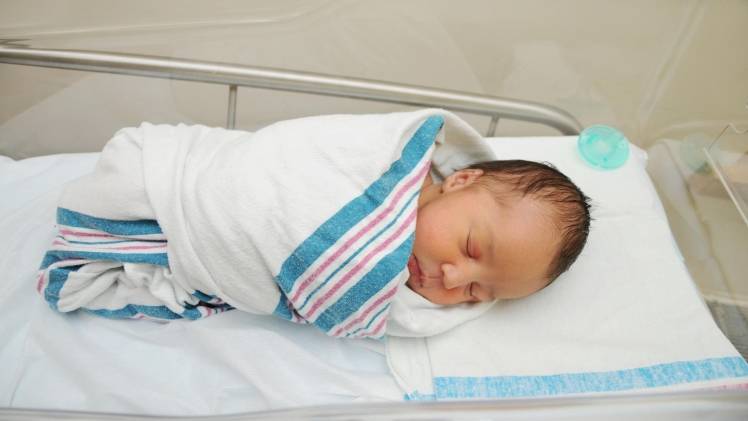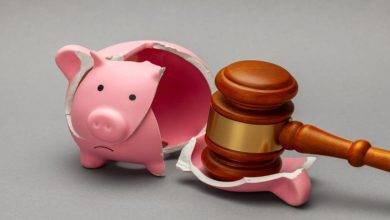
Advantages and Disadvantages of Circumcision in Brooklyn, New York
Circumcision is a common practice in many cultures, as you may already know. But what is the procedure all about? Circumcision is a medical procedure that involves the surgical removal of the foreskin that covers the head of the penis. While circumcision is used for religious reasons, notably in Jewish and Muslim cultures, it is not required and has prompted many arguments, which have been compared to mutilation. Although there are certain advantages to circumcision that exceed the dangers, these advantages are not great enough to suggest universal infant circumcision. Before making an informed decision on circumcision, parents must acquire information and weigh its benefits and drawbacks from a urologist at Lazare Urology.
What are the advantages?
Circumcision has various advantages, including increased hygiene since it makes penile washing easier. Uncircumcised males must be taught how to clean under the foreskin to avoid infections and swelling. Circumcision also lowers the incidence of urinary tract infections, some sexually transmitted diseases, penile cancer, and common penile infections such as balanitis and balanoposthitis. It also aids in the prevention of foreskin disorders such as phimosis and paraphimosis.
What are the disadvantages?
While circumcision is typically safe, it is crucial to be aware of the dangers. Pain, bleeding, infection, irritation, inflammation, excessive foreskin removal, urinary difficulties, aesthetic concerns, and the necessity for subsequent corrective operations are among the risks involved. Minor problems, on the other hand, occur in fewer than 3% of cases and are frequently treated with antibiotics. Some parents choose to delay the choice, but it’s crucial to remember that circumcision becomes more complicated, time-consuming, and prone to difficulties as a boy grows older. Furthermore, the recovery time is longer, requiring 4-6 weeks of sexual abstinence.
What happens during circumcision?
The infant is normally lying on his back and lightly restrained while his penis gets cleaned during a circumcision. To alleviate pain, an anesthetic is given through injection or cream. Using a scalpel, the individual conducting the circumcision separates and removes the foreskin. The penis is then wrapped with gauze, and ointment is administered. The operation takes around 20 minutes on average, with bris frequently taking less time.
Final thoughts:
In this blog, we have looked at the various advantages and disadvantages of the process. Before you make the decision to go ahead with the process, it is recommended that you get the opinion of a professional first.




